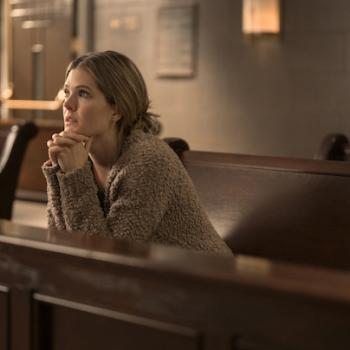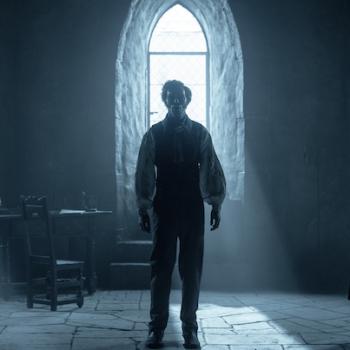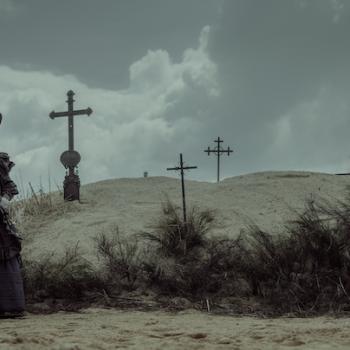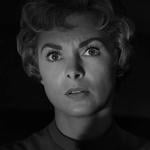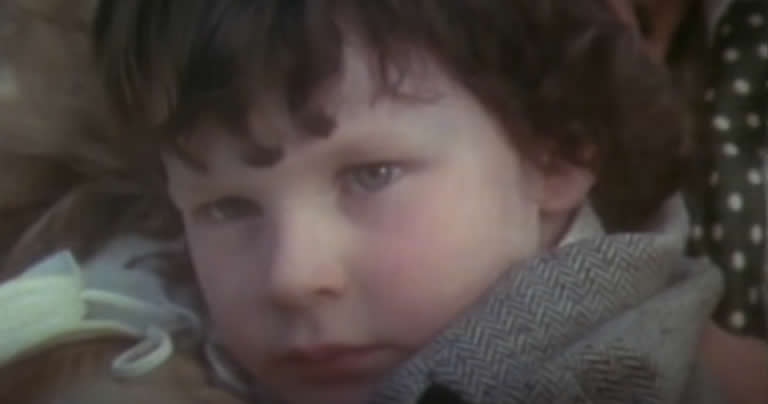
When The First Omen crawled into theaters this month, it arguably scared up more press than people. Perhaps it could’ve learned a thing or two from its nearly 50-year-old forebear.
Critics have been kind to The First Omen (giving it an 81% freshness rating on Rotten Tomatoes), and it earned a level of notoriety for a disturbing birthing sequence that nearly garnered it an NC-17 rating. But despite the praise and some fine performances (especially from Nell Tiger Free, who plays a well-meaning novitiate), it’s not done particularly well at the box office.
Since its April 5 release, The First Omen has earned just $18.2 million in North America—less than any other film in the Omen franchise. And while it’ll surely collect a little more cash in the weeks to come, the new fright flick won’t come within screaming distance of the $60 million the original Omen earned in 1976—the equivalent, incidentally, of around $330 million today.
Why did The Omen click with audiences in 1976, whereas The First Omen faltered? Let’s look at the original and see.
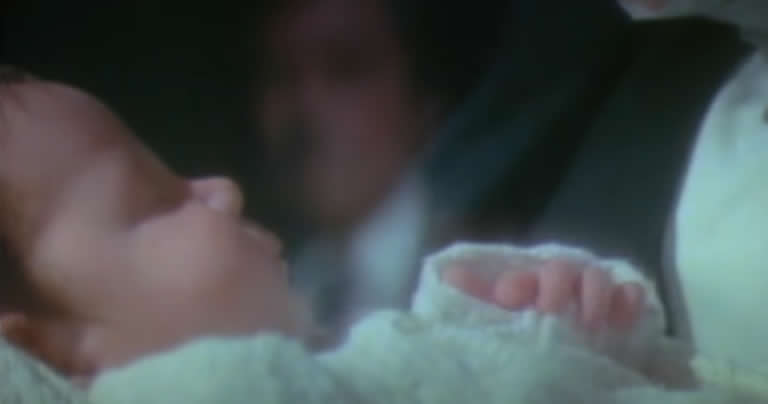
The Story
The First Omen is intended to be a direct prequel to the original film—one wherein we see the conception and birth of Damien, the franchise’s evil antichrist, circa 1971.
The First Omen requires some tortured storytelling to line up with the original. But the finale of the new movie does serve as a bridge to The Omen. We’re even introduced, via dossier, to The Omen’s main character, Robert Thorn—complete with a picture of the actor who played him (Gregory Peck). And at the end of the film, we see some deviant Catholic clergy plot to replace Robert’s newly born (and newly murdered) son with Damien.
Jumping into The Omen proper, we meet Robert as he grieves over his lost son. A priest and a nun essentially offer the hearbroken Robert a replacement baby—one whose mother died in childbirth. Robert’s wife, they promise, never even needs to know that the child is not hers. A grateful Robert—knowing Katherine would be devastated about losing her baby—accepts the boy and the lie that goes along with it.
Most of The Omen takes place five years later—fittingly, in 1976. Robert Thorn is the U.S. Ambassador to Great Britain, and he lives in a cavernous house with his beautiful wife, Katherine (Lee Remick) and that cute, rascally, now five-year-old son (played by Harvey Spencer Stephens).
Too good to be true? You bet it is. Damien’s nanny hangs herself. A replacement nanny mysteriously arrives—along with a fairly terrifying Rottweiler. Robert’s soon accosted by a priest who encourages him, repeatedly, to start taking Christianity seriously.
“You must take communion,” he says. “Drink the blood of Christ and eat His flesh. Only if He is within you can you defeat the son of the devil.”
“I … see,” Robert tells him, shortly before kicking the priest out of his office.
But as the movie draws on, Robert does see. As Robert’s joy is taken from him, bit by agonizing bit, and after uncovering the body of a jackal where Damien’s dead mother should be (a discovery that The First Omen unconvincingly strained to explain), the ambassador slowly comes to a horrific suspicion: His kid just might be the antichrist.
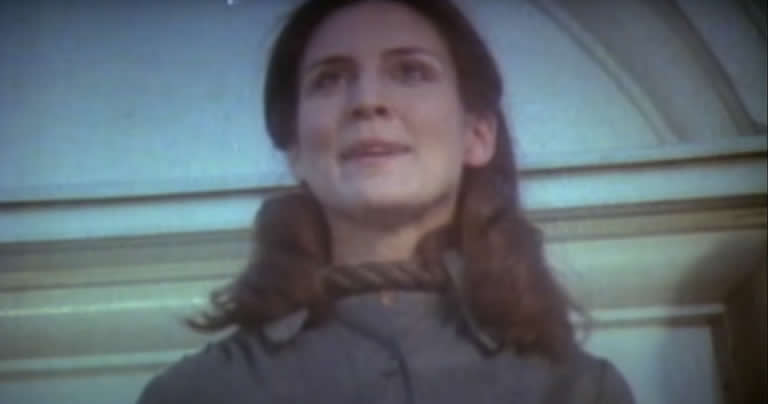
The Chills
The Omen comes with a ton of disturbing undercurrents—not the least of which pokes at one of humanity’s most important and most revered relationships: That of a mother and a child.
Listen, children are fantastic. But even the best can also feel like little demons at times. When they’re banging on pot lids for two hours straight or shouting not-very-loving words at you for suggesting they eat a carrot, we might wonder whether someone switched our child with an alien doppelganger.
The Omen plays on those fears with creepy dexterity: Katherine begins to feel there’s something very, very wrong with Damien—joining a whole host of moms who, perhaps secretly, harbored those same fears. But in Katherine’s case, she’s absolutely right.
Good horror stories are predicated not on what you do see, but on what you don’t. Jaws slides unseen in the water. An alien hides in the bowels of the Nostromo in Alien. In The Omen, it’s the story itself that lurks in the shadows. The mechanizations are cloaked, the truth is hidden. No, its characters say, that’s preposterous! But then the truth comes out of hiding and we’re forced to ask a terrible question: What to do about it.
The First Omen has some nice, atmospheric moments of unease. It, too, keeps plenty of secrets hidden in the shadows. But all too often, it resorts to jump scares and gross-out moments that aren’t just unnecessary, but rob the film of some of its potential.
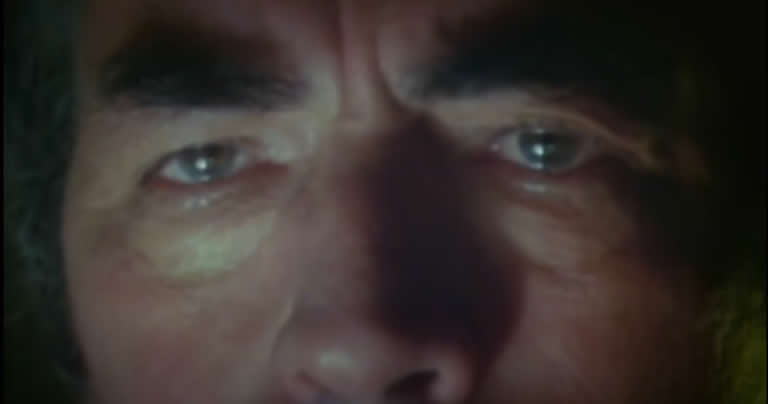
The Timing
The Omen was not universally embraced upon release. But it landed during a time in which the cinematic soil seemed particularly receptive to this seed.
The tumultuous 1960s and early 1970s were still quite fresh in the minds of Americans, when some wondered whether this great nation was teetering on the edge of anarchy. The world itself seemed to be growing ever more chaotic.
Clearly, the promise that technology would save all our problems—a mindset embraced throughout the 1950s—had long since disintegrated. Social unrest reminded people of both the nation’s persistent inequality and its fragility. Political scandals culminating in Watergate undercut faith in some of our most respected institutions. And the flower children who claimed the answers could be found in love, peace, music and drugs? That proved to be, somewhat literally, a pipe dream.
Is it possible that we’d lost our way? Many asked. That we’d been turning to false hopes and away from God? Was it possible that this had been foretold long ago?
Author Hal Lindsey had dropped his bestselling The Late Great Planet Earth into that counterculture maelstrom in 1970, and the book was still going strong years later. The book introduced millions of Americans to dispensational eschatology—or, in other words, a very literal reading of the Bible’s most prophetic books, especially that of Revelation. In an age when a lot of Americans believed that the world might be going to you-know-where in a handbasket, Lindsey essentially said, “You don’t know how right you are.”
Our own age is no less confusing and unsettling as 1976 was. But it’s a more secular one, too—something that the makers of The First Omen leaned into perhaps a bit too much.
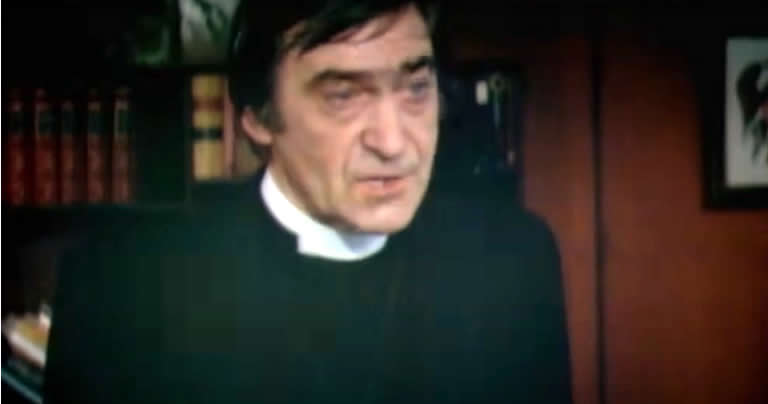
Spiritual Hope
The Omen embraces dispensationalist themes throughout, mixing biblical prophecies with scriptwriter David Seltzer’s own inventions (most prominently a poem that includes the lines, “When the Jews return to Zion and a comet rips the sky and the Holy Roman Empire rises, then you and I must die”).
That’s not exactly a poem you’d stitch on a pillow. And The Omen is hardly a happy-go-lucky film. But those dispensationalist themes (which went from a pretty fringe idea even within Christianity and into the mainstream), unpacked in the wake of such a fractious time, came with a curious undercurrent of hope: In a chaotic, seemingly senseless world, at least a few entities knew what was going on.
And that, I think, helped The Omen succeed—both aesthetically and commercially. It understood that there were forces outside our own understanding at work here. And while the devil was the most obvious player, God’s own servants are there in the movie, too. The supernatural has power—from the priest’s pleas that Robert become a Christian to Damien’s own terror of church.
And as such, Robert’s own discovery of faith—under, admittedly, great and horrific pressure—might serve as a metaphor for perhaps our own secular comfort, which helps the movie still feel surprisingly relevant.
Robert is smart and powerful. He has what would appear to be an idyllic home life. When Robert asks wife Katherine if she’d tell him if something was wrong, she says, “What could be wrong with our child, Robert? We’re beautiful people, aren’t we?”
But something is wrong. And to right it, Robert slowly comes to understand that his wealth and power and intellect won’t do. He needs to look beyond his own strength.
But even though The First Omen is also a supernatural horror film—one where Satan’s reality is presented as a terrible fact—the film leans not into God, but into humanity.
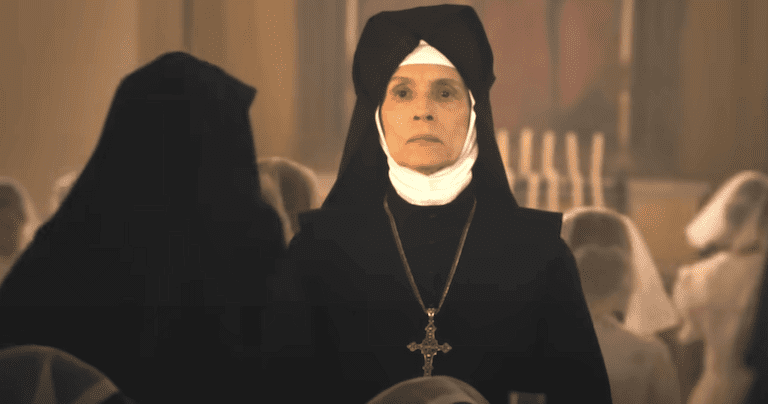
The Problem
Sure, Margaret, the movie’s central character, loves God, and she loves the Catholic Church—so much so that she’s looking forward to becoming a nun. And the film pays lip service to good believers everywhere. “There are two churches,” someone tells her. “One follows God. And the other follows something else.”
But The First Omen focuses almost solely on that something-else church, which uses fear as a means to control its flock. Prayer is shown as completely ineffective. The enemy isn’t so much Satan here as the corrupt church itself … and we see precious little evidence of any part of the church that isn’t corrupted.
The makers of The First Omen seemed remarkably uninterested in exploring spiritual themes. Tim Smith, the movie’s co-writer and executive producer, says as much.
“I think the Catholic Church wielded a different kind of power and influence,” he told Variety, “so we used this film as an opportunity to speak to institutions in power and how they respond to fear, how they cling to that power under threat, about the dangers of ideology, about patriarchal institutions, to turn a mirror to the horrors of our time. We were using religious horror as a means of tapping into other fears that resonated with us.”
It’s illustrative that, in a climactic scene, a priest asks Margaret if she can hear God’s voice inside her. No, she tells him. I can only hear my own.
In our increasingly secular culture, that message is hardly surprising. But it does feel out of place in a supernatural horror film, where signs and prophecies and literal demons are everywhere.
If the Omen franchise means a true return to form, it can’t just pay homage to the original’s aesthetics or mimic its most famous scenes: It needs to understand that, in this supernatural series, human strength and understanding isn’t the answer: It’s part of the problem.





